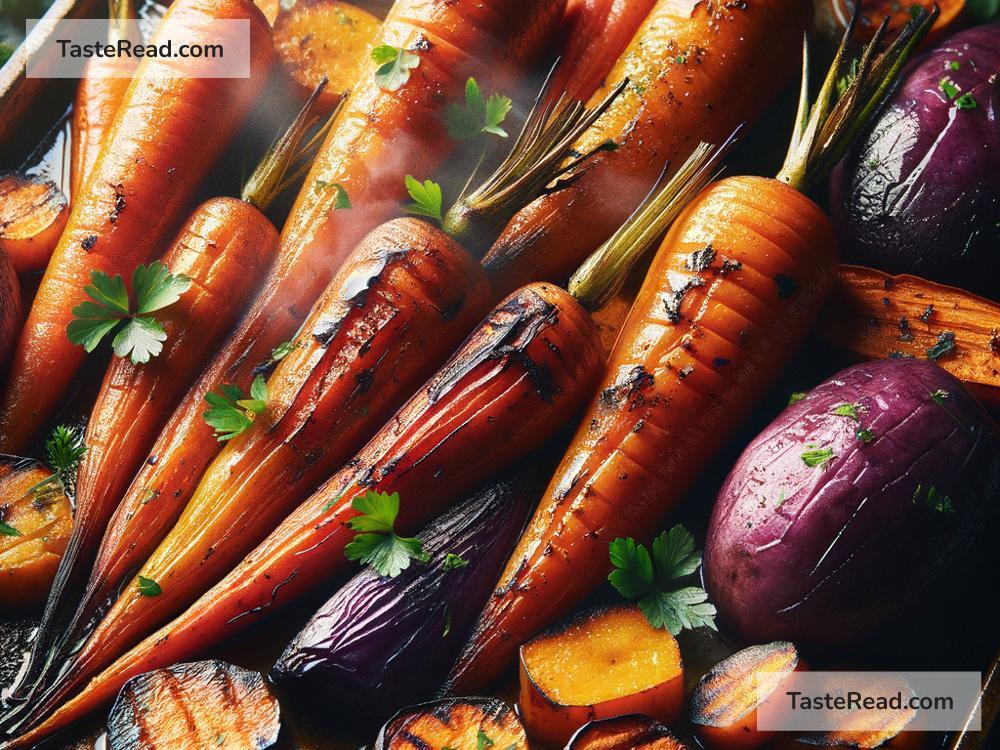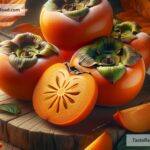The Role of Temperature in Shaping the Sweetness of Cooked Vegetables
Vegetables are an essential part of a healthy, balanced diet. They come in many different colors, flavors, and textures, and when cooked properly, they can taste incredibly sweet and delicious. But what exactly makes cooked vegetables sweet? One big reason is the way heat affects them. Temperature plays a key role in transforming the natural sugars and flavors found in vegetables, turning them into mouthwatering treats. Let’s explore how this happens!
Why Do Vegetables Have Natural Sweetness?
Vegetables contain carbohydrates, which include sugars and starches. These natural sugars help fuel the plant’s growth while giving it a mild sweetness in its raw state. However, in many vegetables, this sweetness might not be very noticeable when they’re raw because of other compounds, like bitter-tasting phytonutrients. Cooking can change all this, and much of the magic has to do with temperature.
How Heat Unlocks Sweetness
When you cook vegetables, heat starts breaking down their structure. Imagine the vegetable as a tightly packed box—heat “opens up” the box, allowing the natural flavors inside to come forward. Here are the main ways temperature helps enhance sweetness in vegetables:
1. Caramelization
Caramelization is what happens when sugars in food are exposed to high heat. This process starts at about 338°F (170°C) and transforms the natural sugars into compounds that taste rich, sweet, and slightly nutty. It’s the same process that gives browned cookies or caramel candy their unique flavor.
When you roast carrots, sweet potatoes, or onions, for example, their surfaces turn golden-brown because of caramelization. This browning affects both the taste and appearance, making the vegetables sweeter and more visually appealing. Roasting vegetables in the oven is one of the best ways to achieve caramelization.
2. Maillard Reaction
The Maillard reaction is another heat-driven process that contributes to sweetness. This reaction, which begins around 280°F (140°C), involves the interaction between sugars and proteins. While it’s more famous for creating flavor in grilled meats and baked goods, it also plays a role in cooked vegetables, especially ones with higher sugar content. Together with caramelization, the Maillard reaction helps amplify the complexity of flavors, giving vegetables a deeper, sweeter taste.
3. Starch Breakdown
Some vegetables, like potatoes, corn, and parsnips, are rich in starches. Starches are complex carbohydrates that don’t taste sweet on their own. However, when exposed to heat, these starches break down into simpler sugars, such as glucose. This process of conversion makes starchy vegetables taste sweeter over time.
For example, when you bake a potato in the oven or simmer corn in boiling water, the heat works to turn starches into sugars, making the final dish taste sweeter than the raw vegetable.
4. Reduction of Bitterness
Many raw vegetables, such as Brussels sprouts, cabbage, and broccoli, have compounds that taste bitter. These bitter components can dominate the flavor, masking any underlying sweetness. Cooking at the right temperature helps break down or mellow these bitter compounds, allowing the vegetable’s natural sweetness to shine through.
Cooking Techniques and Their Impact on Sweetness
Different cooking methods use varying levels of heat, which affects how sweet the vegetables become. Here are some common techniques:
Roasting
Roasting uses high temperatures (usually between 400°F and 450°F) to cook vegetables evenly. The dry heat encourages caramelization and the Maillard reaction, making roasted vegetables like carrots, squash, and bell peppers incredibly sweet. Roasting also gives vegetables a crispy texture, adding to their appeal.
Sautéing
Sautéing involves cooking vegetables quickly at medium to high heat in a pan with oil or butter. This method can encourage caramelization on the surface while preserving some of the vegetable’s natural texture.
Steaming and Boiling
While steaming and boiling don’t use high enough heat for caramelization, they can still enhance sweetness by softening the vegetables and reducing bitterness. For example, steaming broccoli makes it less bitter, leaving room for its mild sweetness to stand out.
Slow Cooking
Slow cooking or braising uses lower temperatures over a longer time. This method allows starches in root vegetables like carrots and parsnips to gradually break down into sugars, resulting in a sweeter taste without the browning associated with roasting.
Tips for Bringing Out the Sweetness in Vegetables
-
Choose naturally sweet vegetables: Carrots, sweet potatoes, onions, squash, and beets have high sugar content and respond well to caramelization.
-
Cook at the right temperature: Higher temperatures are key for unlocking sweetness through caramelization and the Maillard reaction. For roasting, aim for around 425°F (220°C).
-
Slice evenly: Cutting vegetables into even pieces ensures they cook uniformly, preventing undercooking or burning.
-
Use seasoning wisely: While heat is the main factor in sweetness, adding salt can help balance the flavor, making the sweetness stand out even more.
Final Thoughts
Cooking vegetables is not just about softening them—it’s about transforming their flavors. Temperature plays a crucial role in enhancing the natural sugars and creating much-loved sweet tastes. Whether you’re roasting carrots for their caramelized edges or steaming broccoli to reduce bitterness, heat unlocks the delicious potential of vegetables.
So next time you cook veggies, pay attention to your cooking method and temperature. You’ll not only enjoy sweeter, tastier vegetables but also gain a new appreciation for the science behind their transformation. Happy cooking!


